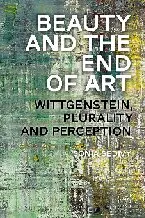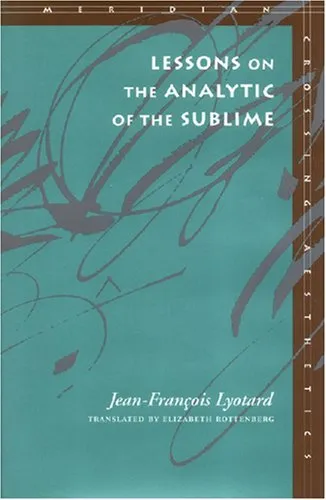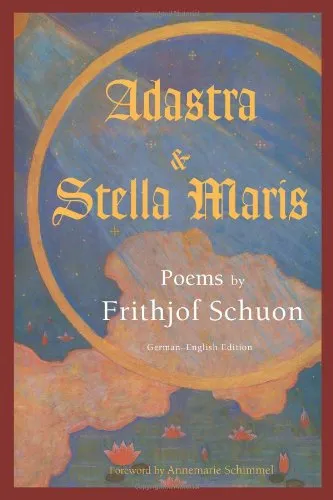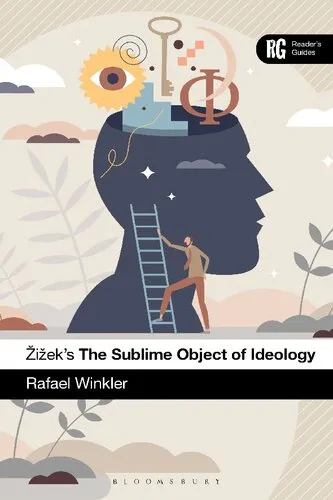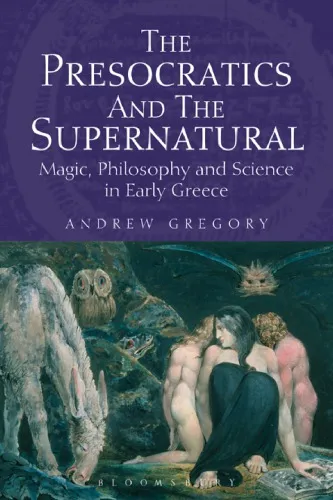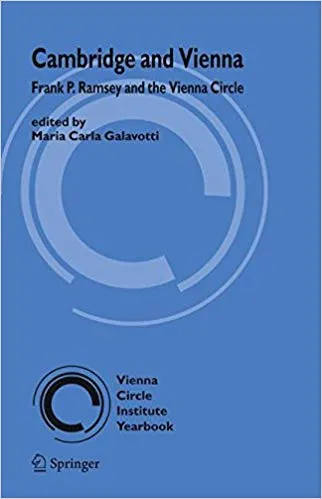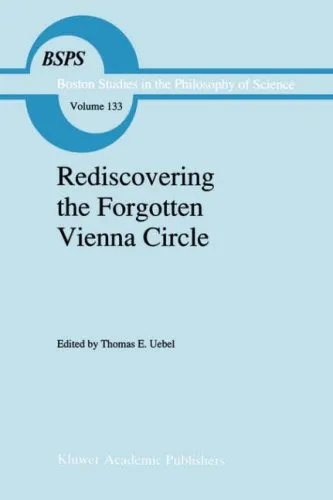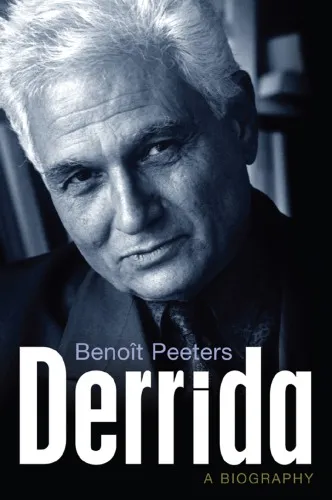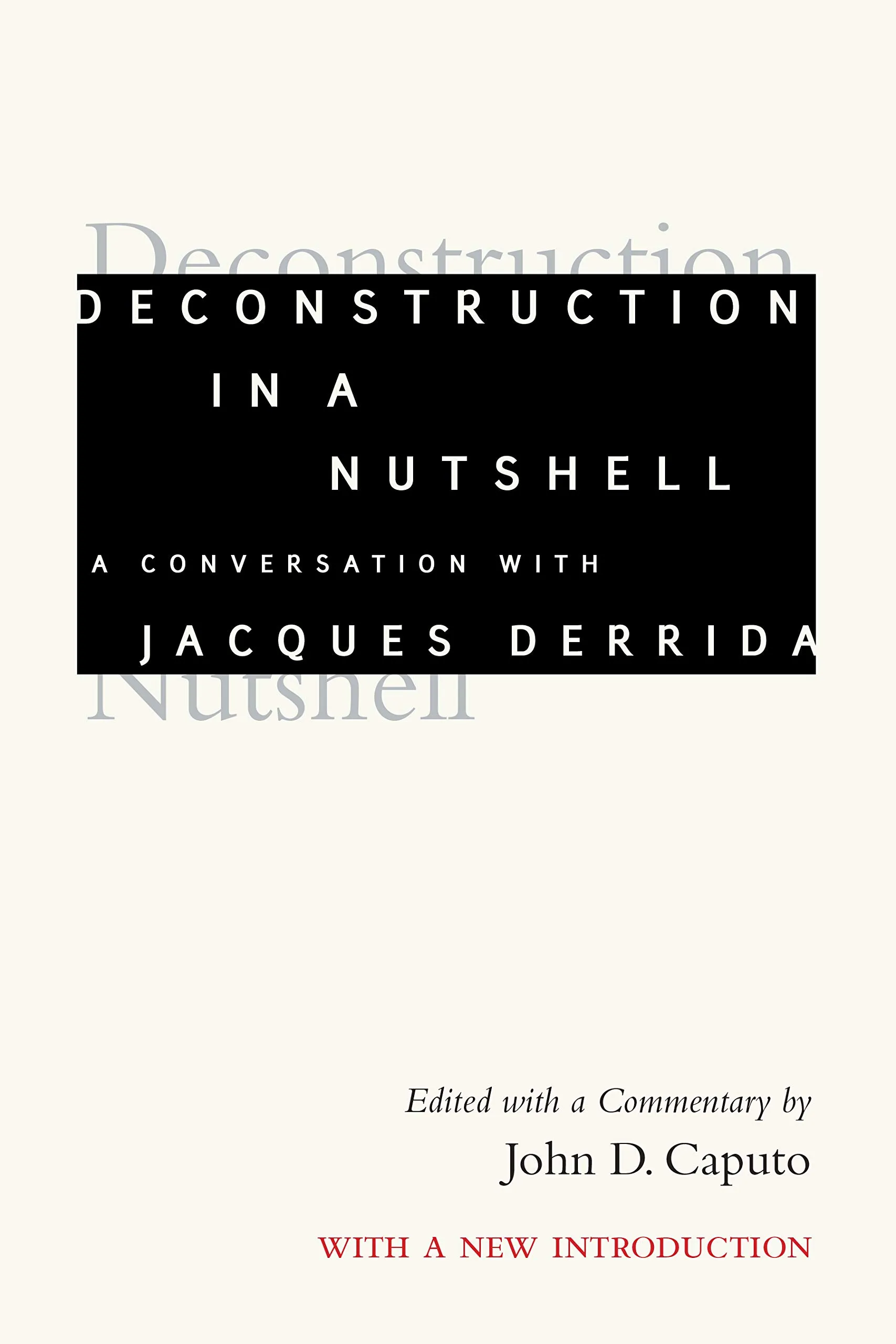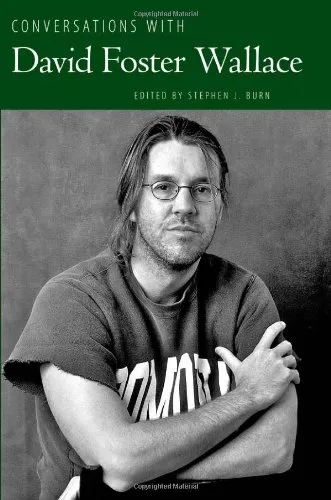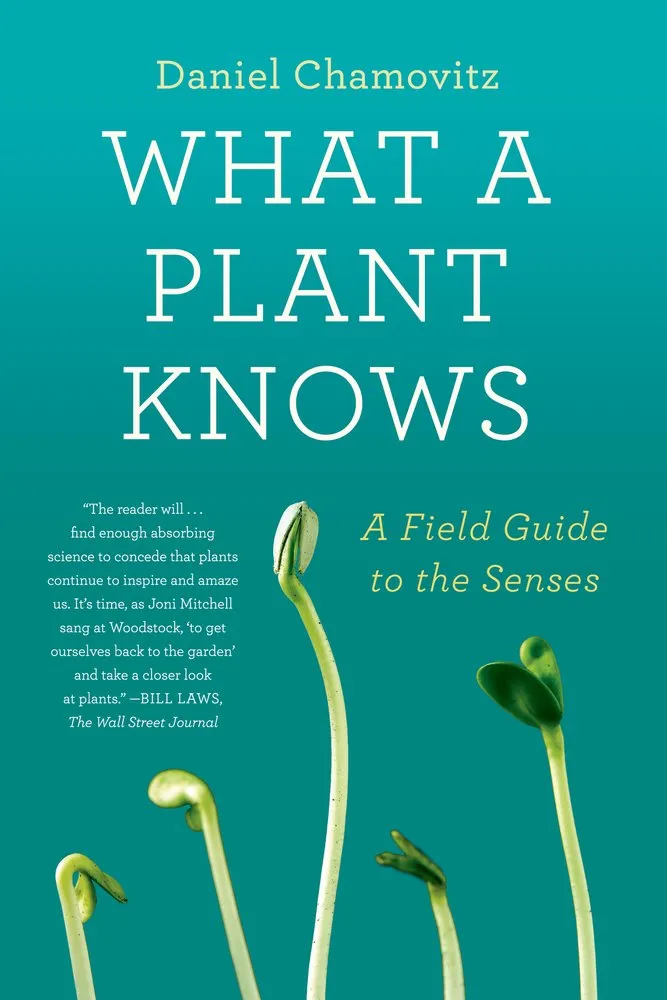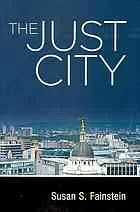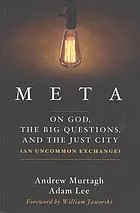Beauty and the End of Art: Wittgenstein, Plurality and Perception
4.3
Reviews from our users

You Can Ask your questions from this book's AI after Login
Each download or ask from book AI costs 2 points. To earn more free points, please visit the Points Guide Page and complete some valuable actions.Related Refrences:
Introduction
Welcome to an exploration of art, beauty, and perception through the lens of one of the most influential philosophers of the 20th century, Ludwig Wittgenstein. "Beauty and the End of Art: Wittgenstein, Plurality and Perception" delves into these profound ideas with a fresh perspective, weaving together insights from aesthetics, philosophy, and critical theory to enrich our understanding of what art means in a contemporary context.
Detailed Summary of the Book
In "Beauty and the End of Art," I explore how Wittgenstein's later philosophy provides a unique framework for understanding the complex nature of art and beauty. By interpreting Wittgenstein's thoughts on language, meaning, and perception, the book contributes to ongoing debates about the nature of art in today's pluralistic society. I argue that Wittgenstein's ideas on language games and forms of life illuminate a plurality inherent in aesthetic experiences. The book traces the shift from traditional aesthetics, which often focused on defining art, to more contemporary perspectives that embrace multiple interpretations and experiences.
This work also considers Wittgenstein's influence on the notion of the 'end of art' as proposed by Arthur Danto. By integrating Wittgenstein’s insights, the book challenges the idea of a narrative-driven closure in art history and instead suggests a view where art is understood in terms of its diverse practices, reflecting different cultural and historical contexts. Through this lens, art emerges not as a single monolithic entity but as a multitude of forms and meanings.
Key Takeaways
- Explore the philosophical implications of Wittgenstein’s later work on art and beauty.
- Understand the concept of 'plurality' in art and its significance in contemporary aesthetics.
- Examine how language and perception shape our experience and interpretation of art.
- Discover a critical perspective on the 'end of art' narrative and its relevance today.
- Appreciate the role of cultural and historical contexts in shaping artistic practices and expressions.
Famous Quotes from the Book
“Art speaks not only through its presence but through the language and contexts that envelop it.”
“In the plurality of beauty lies a rejection of a singular artistic truth.”
“The end of art is not its death, but a transformation in how we perceive its life.”
Why This Book Matters
"Beauty and the End of Art: Wittgenstein, Plurality and Perception" is essential reading for anyone interested in a deeper understanding of contemporary aesthetics. The book bridges gaps between philosophical theory and artistic practice, offering insights relevant to artists, philosophers, students, and scholars who seek to comprehend the evolving landscape of art. By challenging traditional narratives and highlighting the importance of context and multiplicity in art, it opens up new pathways for appreciating and engaging with our cultural environment.
Furthermore, the book offers a thoughtful reflection on how art's changing role in society impacts both creators and audiences. In a world characterized by rapid cultural shifts and technological advancements, understanding art's mutable nature is more important than ever. The exploration of plurality not only enriches aesthetic discourse but also fosters a more inclusive approach to appreciating diverse global perspectives in art.
Free Direct Download
You Can Download this book after Login
Accessing books through legal platforms and public libraries not only supports the rights of authors and publishers but also contributes to the sustainability of reading culture. Before downloading, please take a moment to consider these options.
Find this book on other platforms:
WorldCat helps you find books in libraries worldwide.
See ratings, reviews, and discussions on Goodreads.
Find and buy rare or used books on AbeBooks.
1340
بازدید4.3
امتیاز0
نظر98%
رضایتReviews:
4.3
Based on 0 users review
Questions & Answers
Ask questions about this book or help others by answering
No questions yet. Be the first to ask!
